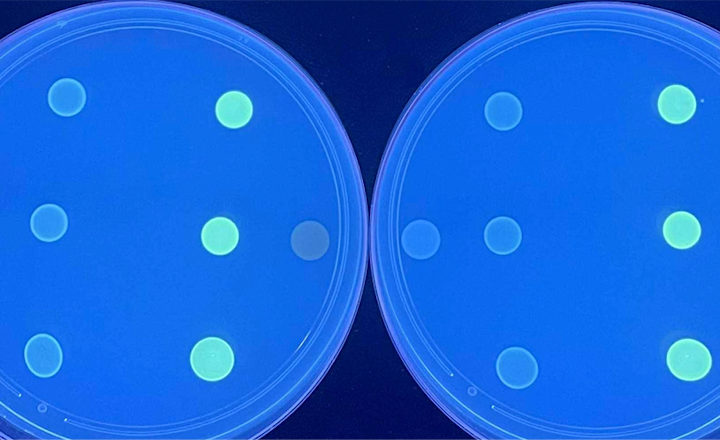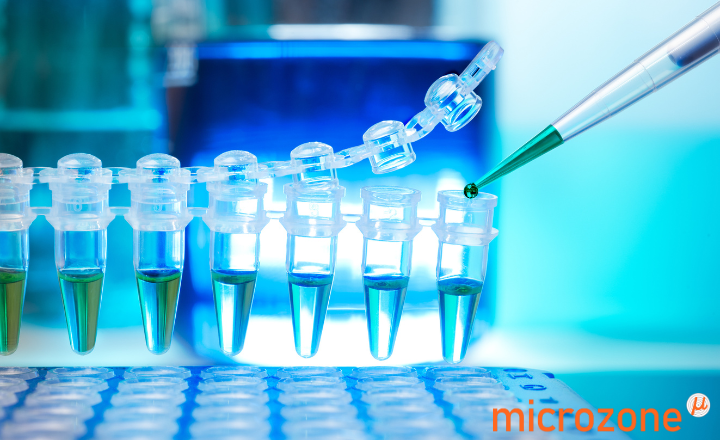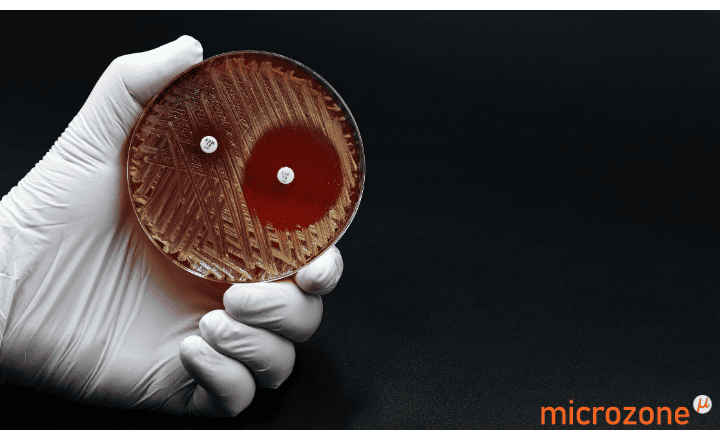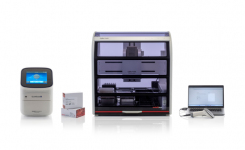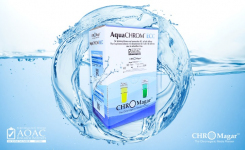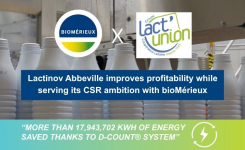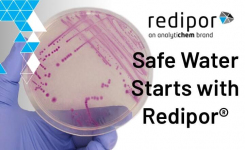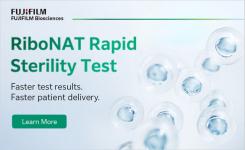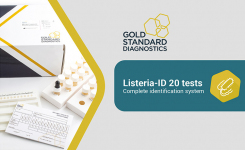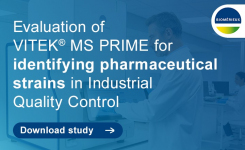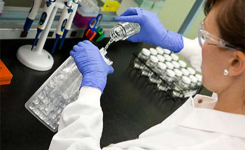The Centre of Disease Control and Protection (CDC) have released the 2019 report ‘Antibiotic Resistance Threats in the United States’ classifying five superbugs, based on their clinical impact as 'urgent threats' that require urgent and aggressive action to be taken to protect the public from these drug-resistant organisms.
The Five Urgent Threats
- Carbapenem-resistant Acinetobacter: Resistant to nearly all antibiotics and can share it’s carbapenemase genes to other bacteria.
- Candida auris: Resistant to all anti-fungal medications and easily spread between patients in healthcare facilities.
- Clostridioides difficile: Opportunistic pathogen that arises when patients have received antibiotic treatment for another infection. Ribotype 027 found to be prevalent when patients received fluoroquinolone antibiotic.
- Carbapenem-resistant Enterobacteriaceae (CP-CRE): Since the establishment of Antibiotic Resistance Laboratory Network, CP-CRE cases and advanced techniques of detection is shared rapidly across its network.
- Drug-resistant Neisseria gonorrhoeae: Developed resistance to all but one class of antibiotic, no test available at present to detect resistance.
Since the release of the previous 2013 report on antimicrobial resistance (AMR), which highlighted that advanced technology in rapid detection could identify threats faster than current practices, the CDC established the Antibiotic Resistance Laboratory Network (AR Lab Network) to provide healthcare facilities with access to gold-standard public health testing. As part of being involved in this country-wide network, each state has access to expertise and data from the AR Isolate Bank, which provides information in diagnostics and drug development, assisting in their development and with applications to FDA. To coincide with this network of antimicrobial resistance information, a training module M.A.S.T.E.R (Methods of Antimicrobial Susceptibility Testing Educational Resource) was also made available for clinical laboratory scientists who focused on identifying pathogens and the theory related to antimicrobial susceptibility testing.
Carb-X was also set up in the CDC report's interval period. Carb-X was established in 2016 by the US Department of Health to invest $500million into rapid diagnostics and new antibiotics. There was also the 2018 AMR challenge initiated by the US government which saw healthcare companies across the globe make formal commitments in tackling the rise of AMR. Companies which included bioMérieux and Bio-Rad committed to advancing diagnostic technologies to reduce times required to identify AMR bacteria.
Interestingly, a superbug that was once considered a 'concerned' threat when first discovered in 2002 has now been taken off the list. Vancomycin-resistant Staphylococcus aureus has only turned up in 14 cases since that time, and so it's clinical impact is not as extreme as superbugs left on the concerned list. However, due to these strains developing resistance to this powerful antibiotic, it is still being monitored closely.







